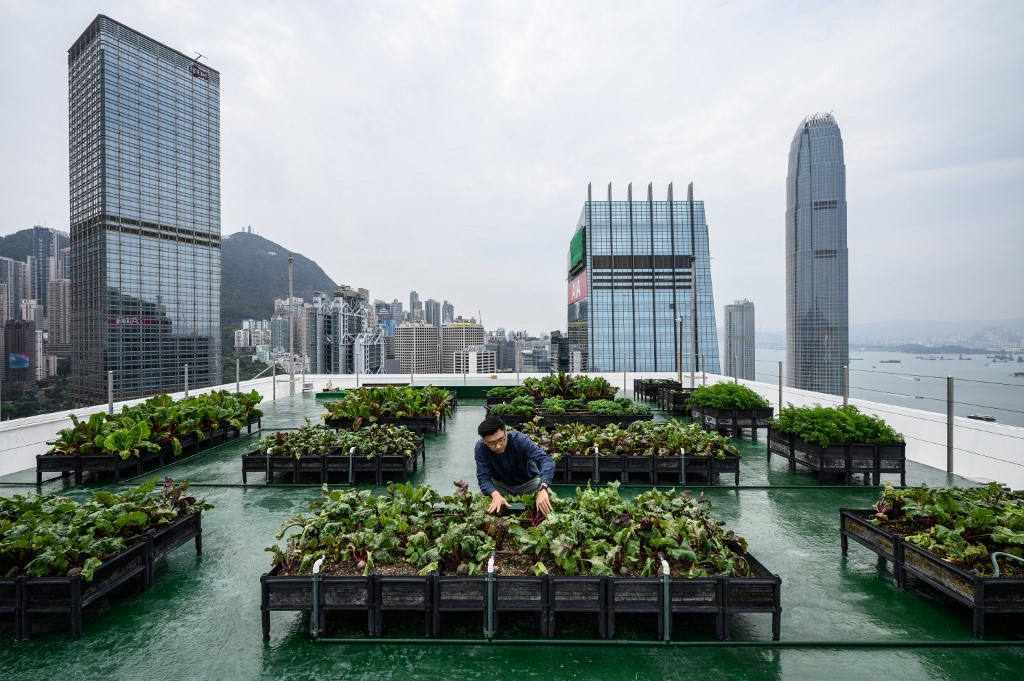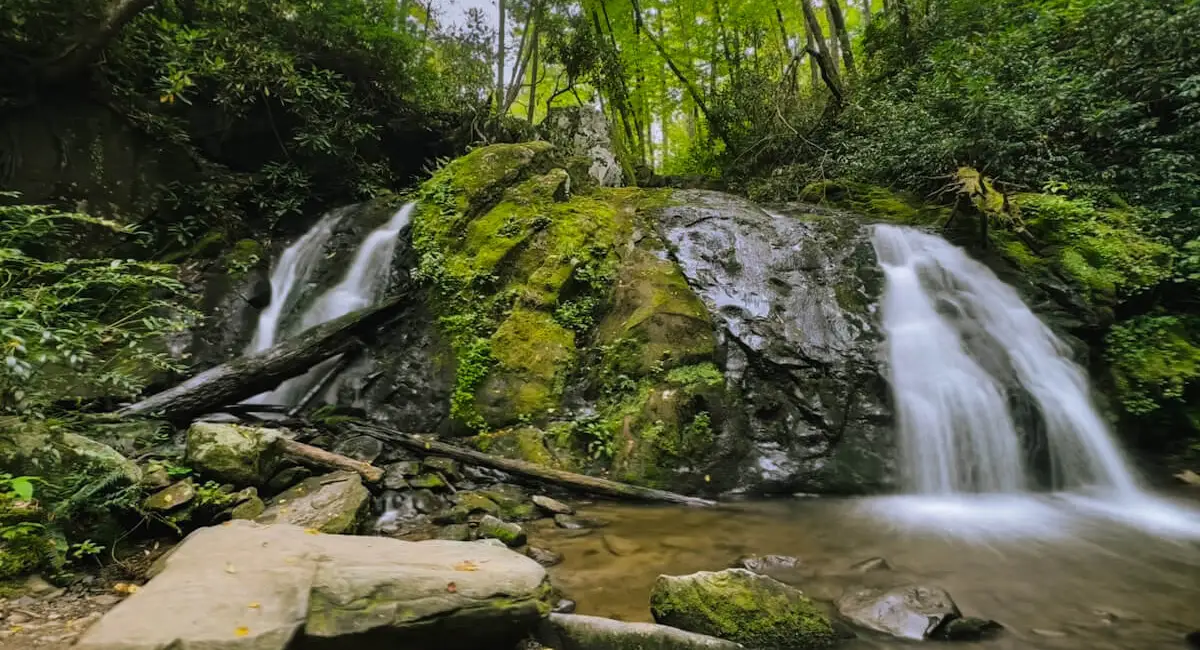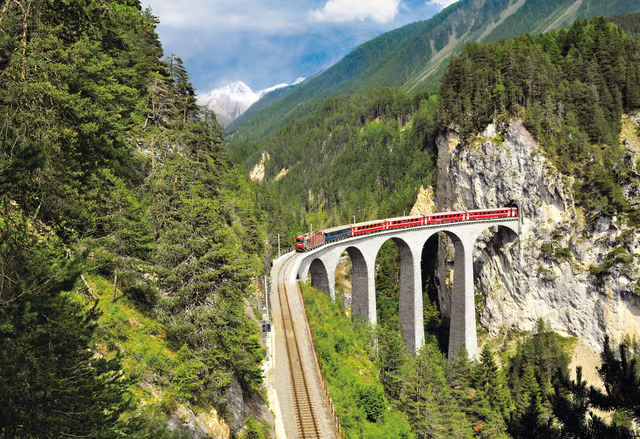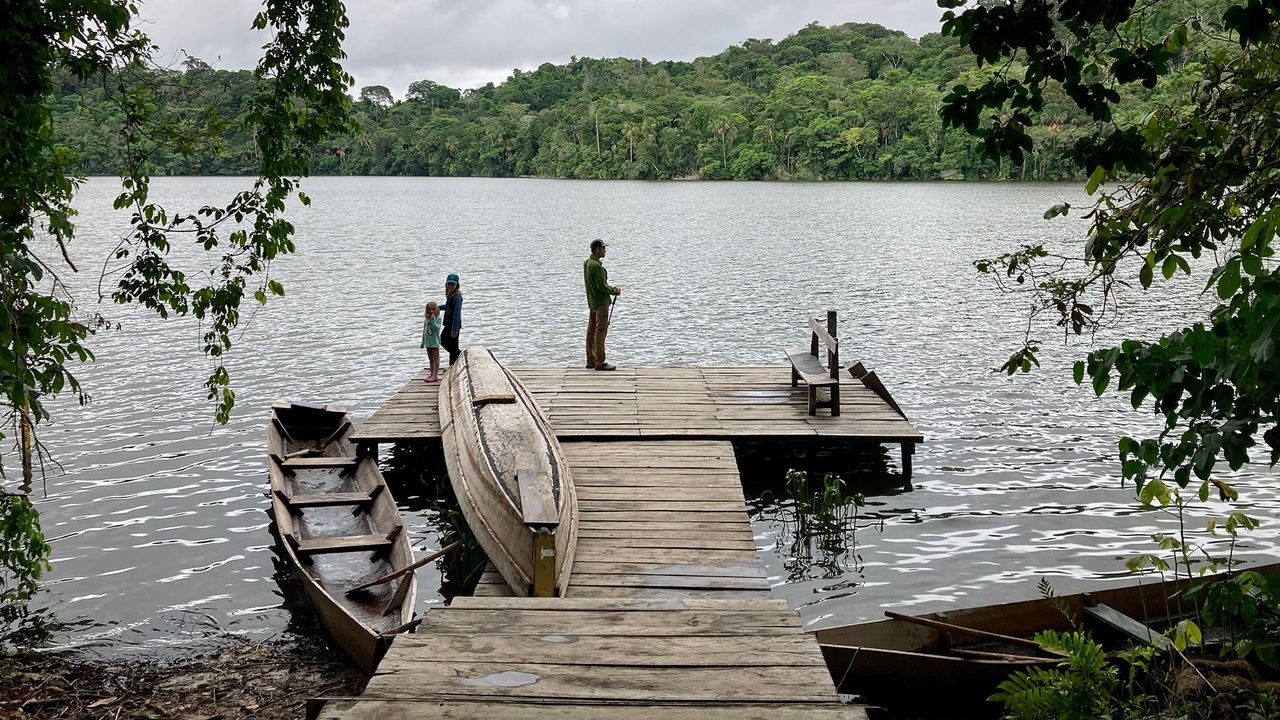Across Hong Kong’s high‑rise skyline, a quiet evolution is underway: rooftop wetlands. These engineered ecosystems replicate natural marshes atop buildings, offering stormwater management, air‑purification, biodiversity habitats, and thermal insulation—all while reconnecting dense urban environments with ecological function. Design firms and environmental engineers are increasingly turning to this green infrastructure as a credible approach to reducing the city’s carbon footprint and mitigating heat island effects.
Visitors to these elevated wetlands gain an eco‑immersive experience. Walking paths weave through native wetland plants and small ponds, allowing people to learn firsthand about sustainable urban design and ecosystem services in action. Researchers—from university ecologists to urban planners—have documented the benefits in reduced rooftop runoff and cooler building temperatures. This aligns with expert voices in the sustainable tourism and green architecture space, reinforcing trust in the model’s real efficacy.
As a sustainable attraction, rooftop wetlands guide travelers to engage with Hong Kong’s cutting‑edge urban greening while promoting conservation awareness. Tour organizers can combine visits with nature‑based talks or biodiversity workshops, offering both learning and immersion. When implemented thoughtfully—with transparent oversight, certified design standards, and local community involvement—these installations exemplify a trustworthy and authoritative approach to regenerative urban tourism that benefits both planet and visitor.





